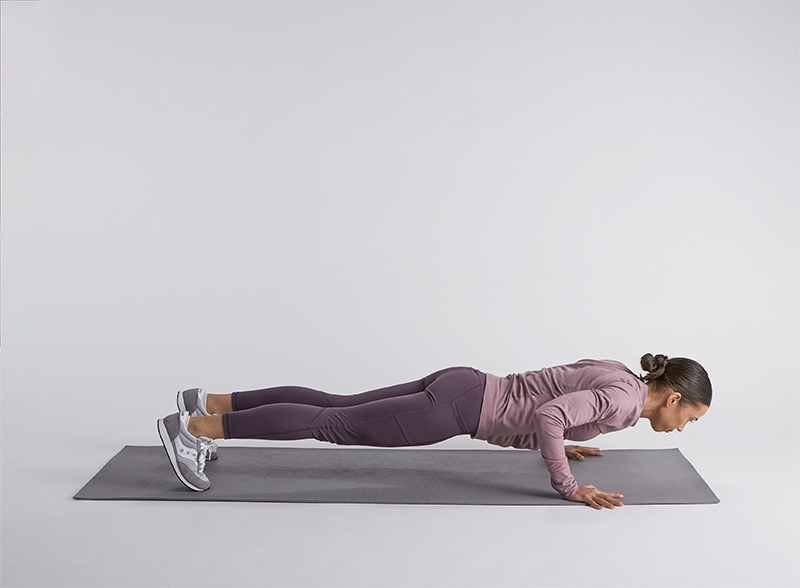Cómo hacer una flexión de brazos: una guía de Hinge Health
Aprende a hacer una flexión para fortalecer la parte superior del cuerpo con variaciones para todos los niveles. Descubre cómo este ejercicio beneficia a tus brazos, hombros y pecho.
$0 costo para usted
Fecha de Publicación: Oct 9, 2024
